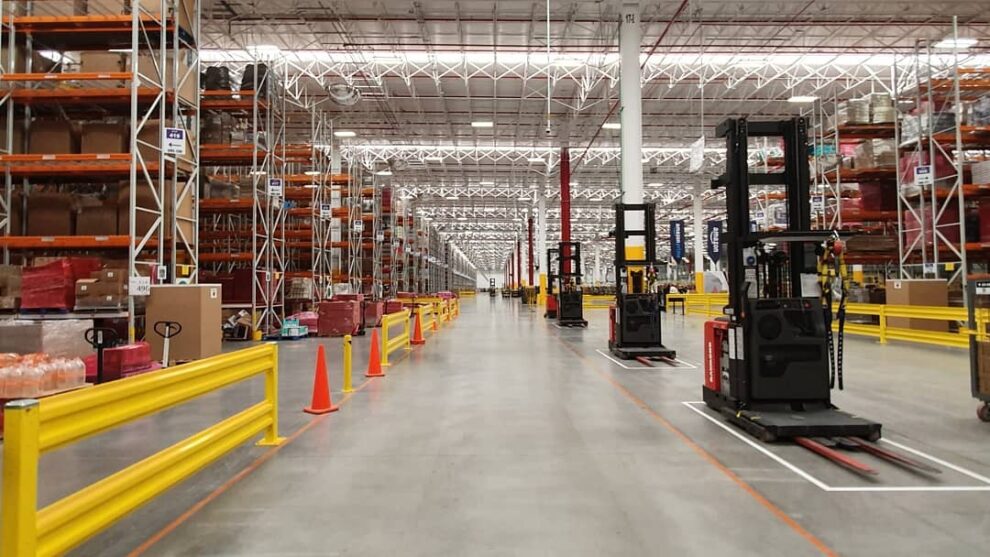Automated distribution centers are transforming the logistics industry by enhancing efficiency, accuracy, and overall operational performance. Here’s a detailed look at the benefits of working with a Stendel + Reich distribution center architect to implement automated solutions.
Increased Efficiency
Streamlined Operations
Automation streamlines various processes within the distribution center, from sorting and packing to inventory management. Automated systems handle repetitive tasks quickly and accurately, reducing the time and effort required for manual operations.
Faster Order Fulfillment
Automated systems can process orders faster than manual methods, ensuring that products are picked, packed, and shipped promptly. This speed is crucial in meeting customer expectations, especially in e-commerce where fast delivery is a competitive advantage.
Improved Accuracy
Reduced Errors
Automation minimizes human error, which is common in manual processes. Automated systems ensure that products are accurately picked and packed, reducing the likelihood of shipping incorrect items to customers.
Enhanced Inventory Management
Automated distribution centers use advanced software to track inventory in real-time. This ensures accurate stock levels, reduces the risk of overstocking or stockouts, and improves overall inventory management.
Cost Savings
Reduced Labor Costs
While the initial investment in automation technology can be significant, it leads to long-term cost savings by reducing labor costs. Automated systems can perform tasks that would otherwise require multiple employees, allowing businesses to allocate human resources more efficiently.
Lower Operational Costs
Automation reduces the need for manual intervention, leading to lower operational costs. Automated systems can work continuously without breaks, increasing productivity and reducing downtime.
Enhanced Safety
Reduced Workplace Injuries
Automation can reduce the risk of workplace injuries by handling tasks that are physically demanding or hazardous. Automated systems can lift heavy items, navigate complex environments, and perform repetitive tasks, minimizing the risk of injury to employees.
Improved Working Conditions
By reducing the physical strain on employees, automation can improve overall working conditions. Employees can focus on more value-added tasks, leading to higher job satisfaction and productivity.
Scalability
Easy Expansion
Automated distribution centers are easily scalable to accommodate business growth. As demand increases, additional automated systems can be integrated into the existing infrastructure, allowing for seamless expansion without significant disruptions.
Flexibility
Automation provides the flexibility to adapt to changing business needs. Automated systems can be reprogrammed or reconfigured to handle different products, processes, or order volumes, ensuring that the distribution center remains agile and responsive.
Environmental Benefits
Energy Efficiency
Automated systems are often more energy-efficient than manual processes. They can optimize energy usage, reduce waste, and contribute to a more sustainable operation.
Reduced Carbon Footprint
By improving efficiency and reducing the need for manual labor, automated distribution centers can lower the overall carbon footprint of the logistics operation. This is increasingly important as businesses strive to meet sustainability goals.
Conclusion
Automated distribution centers offer numerous benefits, including increased efficiency, improved accuracy, cost savings, enhanced safety, scalability, and environmental advantages. Working with a Stendel + Reich distribution center architect can help you design and implement automated solutions that meet your specific needs and drive operational excellence. Contact Stendel + Reich today to learn more about how automation can transform your distribution center.






